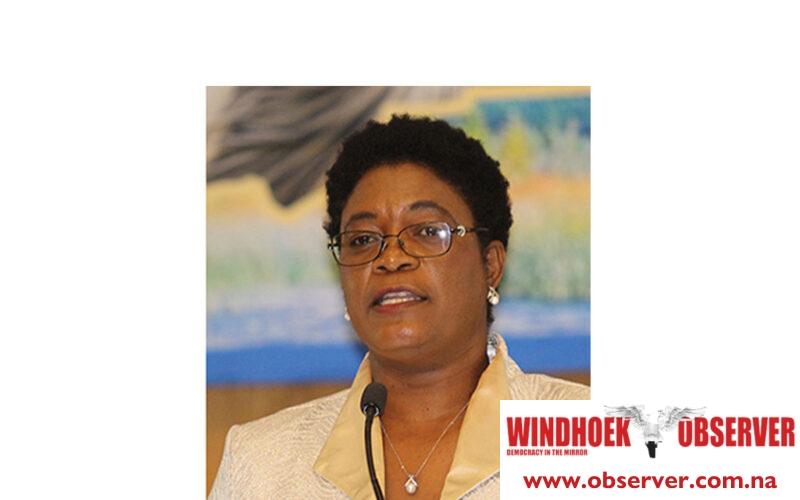Hertta-Maria Amutenja
Minister in the Presidency, Christine //Hoebes, underscored Namibia’s commitment to addressing the universal challenge of climate change.
“As we stand here in the majestic landscape of the Namib Desert, we are celebrating a project that will bring us a step closer to achieving this goal. The HyIron Oshivela project has the potential to contribute towards the decarbonisation of the planet while positioning Namibia at the forefront of the green industrial transition. In addition to that, because of this project, Namibia will become the first country in the world to produce green iron, which is iron produced at zero emissions,” she said.
//Hoebes said this at the groundbreaking ceremony of the HyIron Oshivela project at Arandis in the Erongo region yesterday, a collaboration between Namibian and German companies specialising in renewable energies and engineering.
She said as a responsible global citizen and in alignment with the Harambee Prosperity Plan II, the Namibian government is resolutely committed to achieving Net Zero carbon emissions by 2050.
The HyIron Oshivela project plays a central role in this pursuit, harnessing Namibian green hydrogen and renewable energy resources to add value to local iron ore and manufacture Direct Reduced Iron.
“By enhancing our products through local processing, we can command higher market prices, increasing the economic benefits for Namibia. This is also the essence of our Local Content Policy, which ensures that the project not only draws green technology businesses and enhances living standards but also meaningfully incorporates Namibian citizens and companies across the value chain.
With Namibia contributing less than 1% to global carbon emissions, the government has chosen to contribute to the global transition to clean and green energy.
The HyIron Oshivela project, driven by the innovative HyIron technology, is set to play a pivotal role in this endeavour, offering a blueprint for carbon-neutral iron production at an industrial scale.
The Oshivela project, backed by the German Federal Ministry of Economics and Climate Protection, is expected to be fully operational by the end of 2024.
With an initial investment of N$600 million, it is anticipated to be one of the largest primary green iron production sites in the world and it’s planned to be built next year.
The plant’s annual production potential is a staggering 1 million tons of pig iron, and its environmental impact is projected to reduce carbon dioxide emissions by 1.8 million tons annually.
Additionally, the minister said Namibia is a safe country with political stability that has continued to jealously guard for the past 33 years.
“With the best roads in Africa and our world-class port, Namibia offers connectivity and market access to the African market and beyond. With that said, I would like to reiterate that Namibia is open for business. We are ready to work with credible investors to establish mutually beneficial relations that create shared value and lead to the betterment of the lives of our people,” she said. According to the developers, the project is ready to meet the growing global demand for Direct Reduce Iron, which is projected to grow from the current 1.9 billion tons per year to 2.2 billion tons in 2030, which will require an increase in production capacity of 50 million tons annually.




